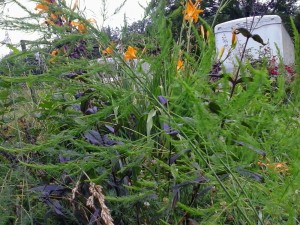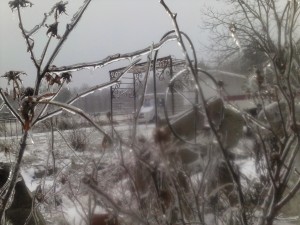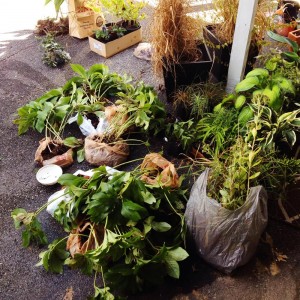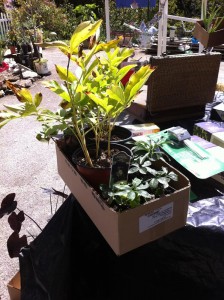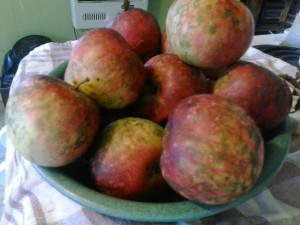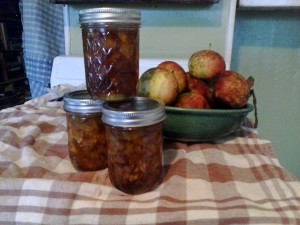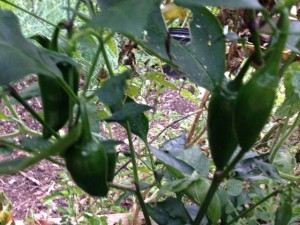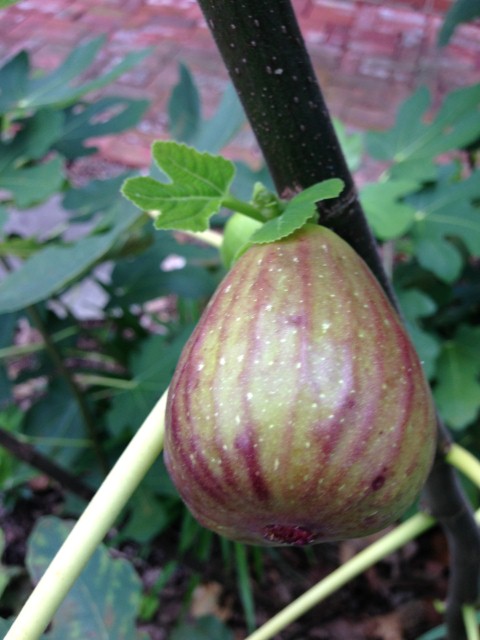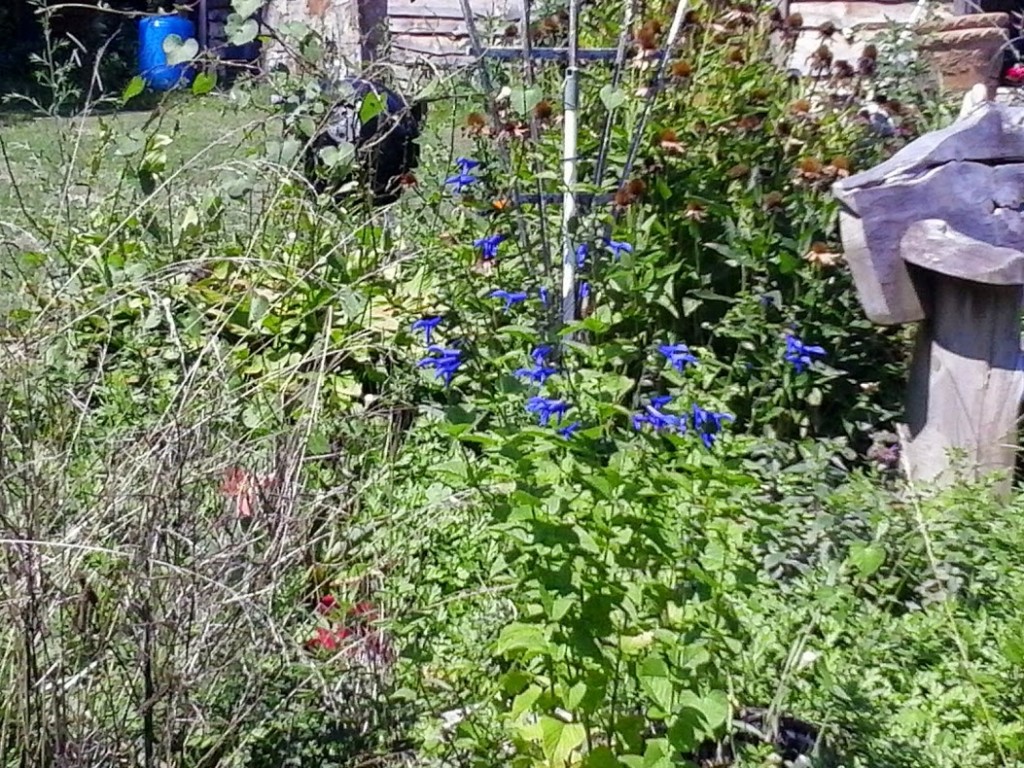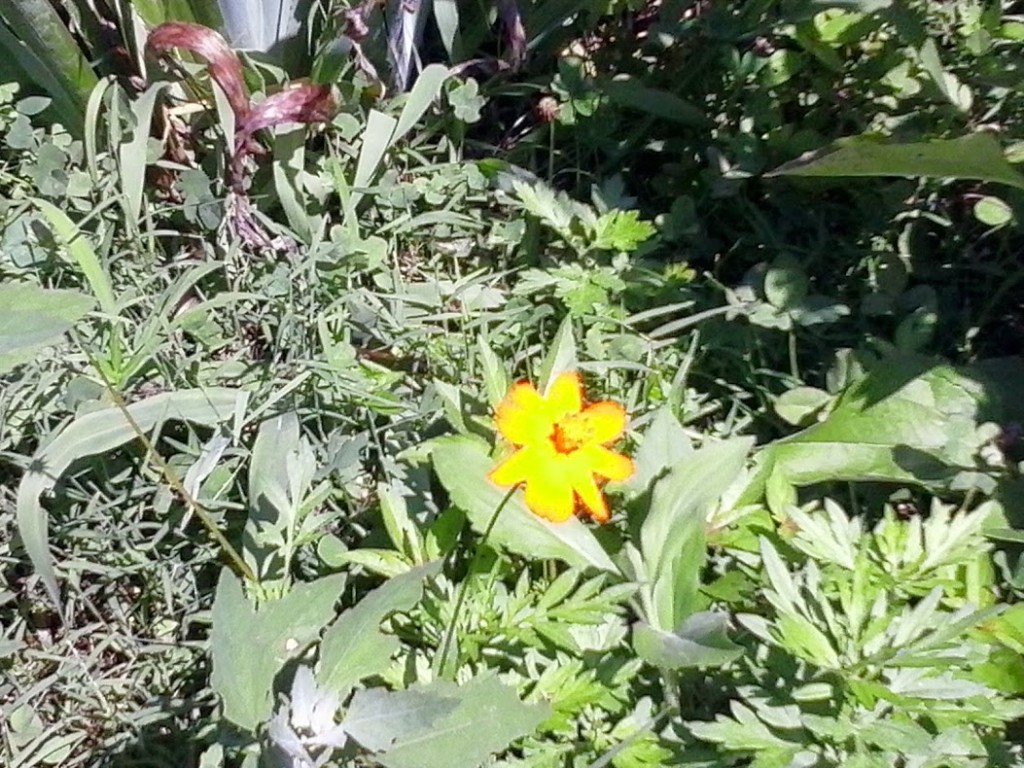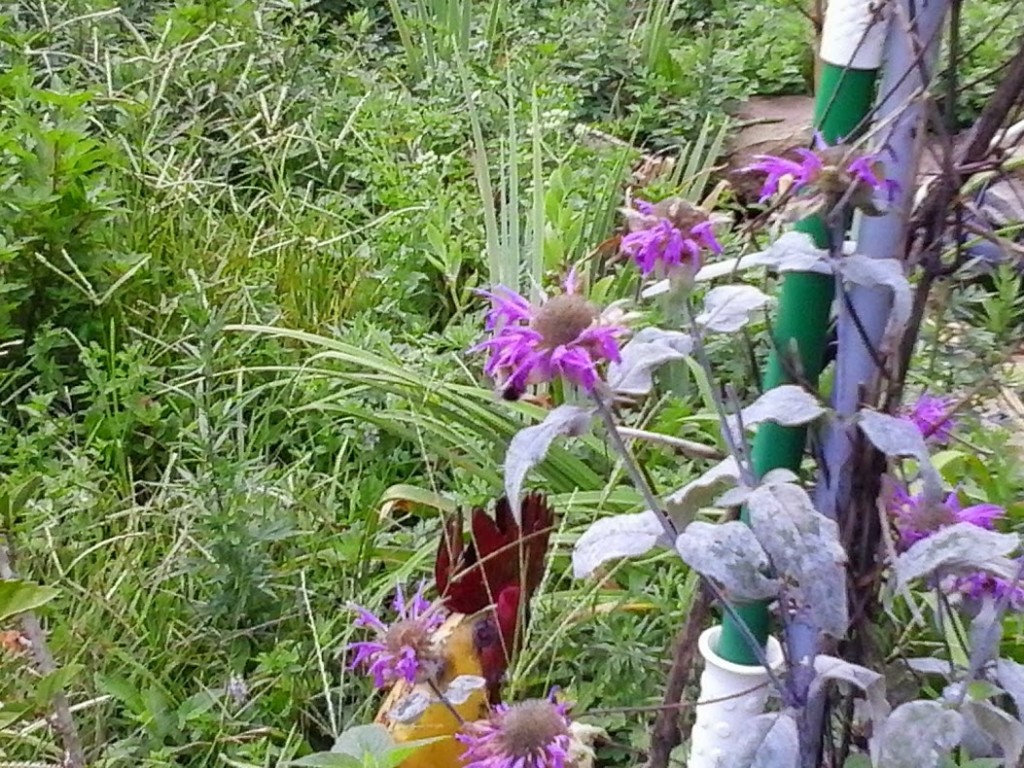I like to have a few houseplants. They cheer me up in the winter, and a few potted plants scattered through the garden in the summer add interest. Plus, it brings back childhood memories. My mom had a schefflera that she bought in a small pot — maybe a one gallon size — that grew into an enormous plant that she loved. I remember her washing each leaf individually with soapy water when it got infested with aphids.
But things can get out of control…Right now, I have a red rubber tree, an orange tree, a 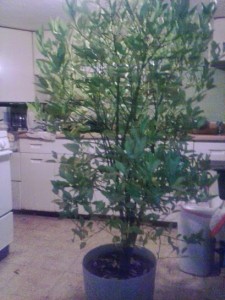 lime tree, a palm tree, a hibiscus, a corn plant (that would become a tree if I put it in a bigger pot), a peace lily, and a cactus — and a house with a few, small windows. Each one of my houseplants has a story, and I love them all, but it may be time to let go of a couple.
lime tree, a palm tree, a hibiscus, a corn plant (that would become a tree if I put it in a bigger pot), a peace lily, and a cactus — and a house with a few, small windows. Each one of my houseplants has a story, and I love them all, but it may be time to let go of a couple.
The palm and peace lily were part of a dish garden that someone sent when my mother-in-law passed away. In my mind, they are reminders of her. I don’t think I could part with them unless they were going to stay with one of her other children.
Similarly, the orange tree belonged to my father-in-law, aka Pap or Pappy. He took care of it for 30 years! He kept it on a table and supported the branches with strings attached to hooks in the ceiling. He didn’t take it out for the summer; it stayed on a table on a little sun porch where his washer, dryer, and deep freezer were. Several times when we visited for Christmas, it had tiny oranges all over it. They never got quite as big as golf balls, but they did exist!
When Pappy’s loved ones noticed what meticulous care he took of the orange tree, they added to his citrus collection: he also had a lime tree and a lemon tree. My brother-in-law took home the lemon tree, but we ended up with both the lime and the orange. They are not doing as well under my care. They are living, but in the last three years we haven’t seen an orange. (Probably because I’m not a faithful with the fertilizer. I understand they are heavy nitrogen feeders.)
My children gave me the cactus. It is one of the toughest plants I’ve ever seen. When they gave it to me, it was very small, and had one of those colored balls from another plant grafted on top. The ball on top collapsed and seemed to rot away. I gave it up for dead and put the pot in a window sill in my laundry room and forgot about it. At some point, the pot got knocked off and it landed on its side between the wall and the dryer. Unbelievably, when I found it, it was still alive. I repotted it and it started growing. A year or two later, it developed black spots all over one side (it may have gotten too cold next to the window). Again, I figured it was a goner, but it recovered again. That thing will probably outlive me and my kids!
The red rubber tree came from Aldi — the grocery store. It was $2 and in a one-gallon pot. It was cute. The red rubber tree LOVES living at my house. It’s huge. Giant. Behemoth. It’s five feet or so tall, and at least three or four feet around. I think that I love it simply because it appears to love me so much. Alas, it’s the one that really needs to go — partly because it’s so giant, and partly because it doesn’t honor anyone’s memory.
But the point of this post is that things can get out of hand if you have too many houseplants. We brought the citrus trees in last week when the temperature threatened to dip near freezing. The orange tree is in the middle of the kitchen and pokes me every time I open the oven or the fridge. I have no idea where the rubber tree will go. Every window will have as many pots crammed around it as possible. At least we’ll have good indoor air quality, right?
